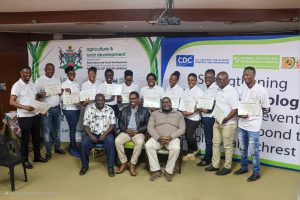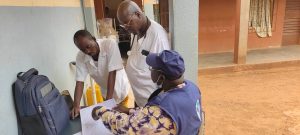Health and Economic Impact of Introducing DTP Booster Doses in Uganda: Generating Country-Specific Evidence
-
by
AFENET
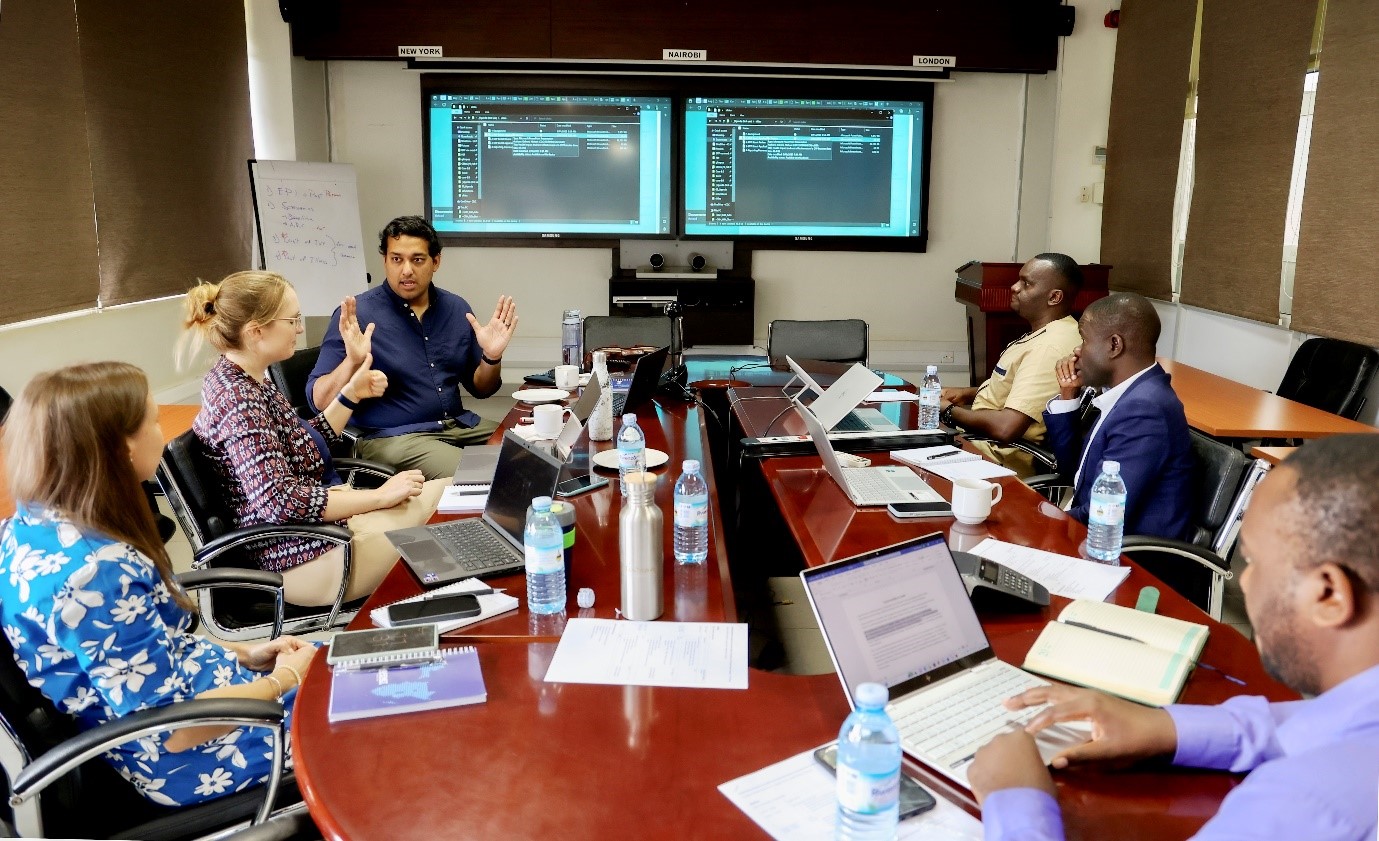
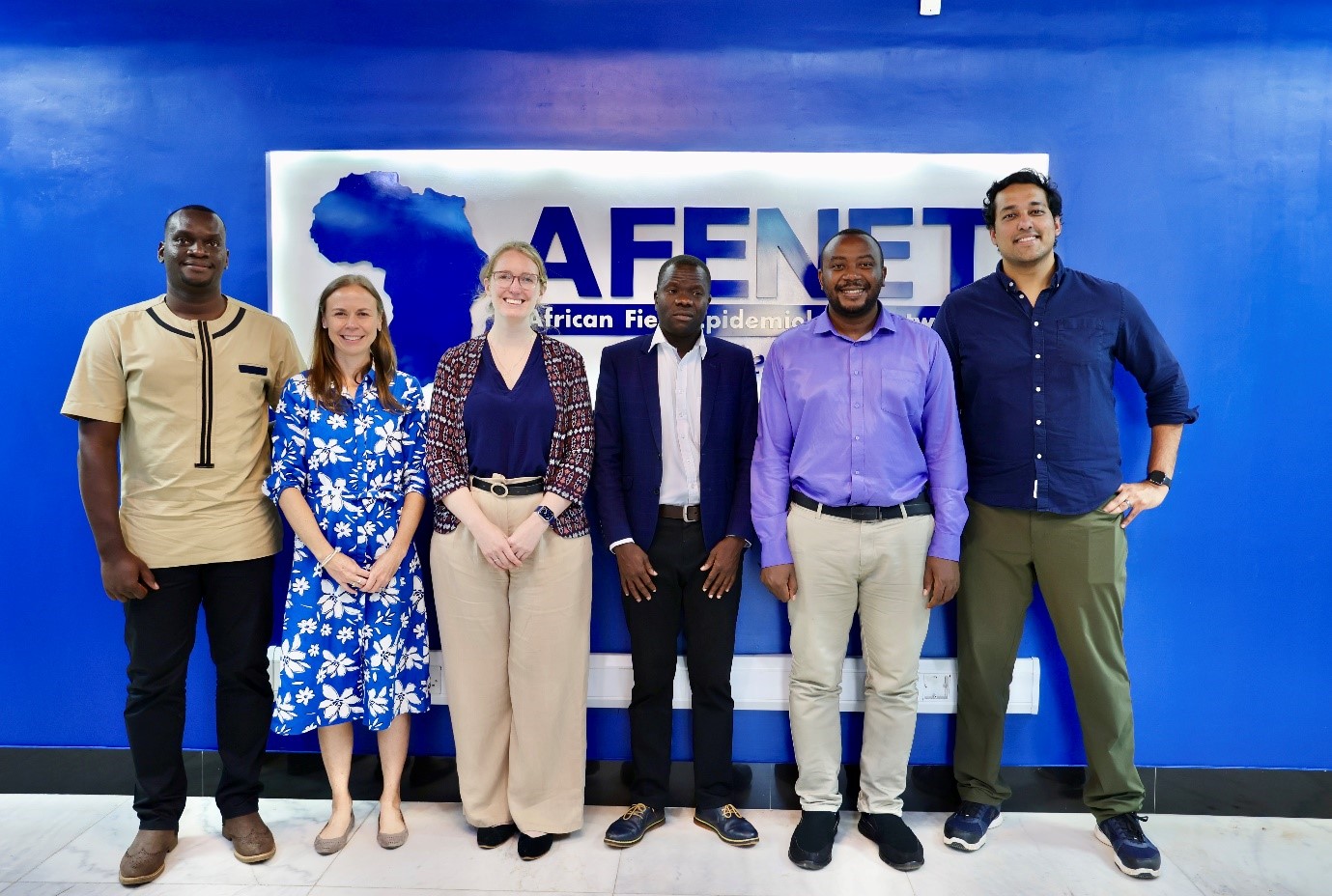
The African Field Epidemiology Network (AFENET) in partnership with the United States Centers for Disease Control and Prevention (US-CDC) has extended technical support to the Uganda Ministry of Health Expanded Program on Immunization (UNEPI) as the country seeks to generate evidence to inform the introduction DTP booster doses in the country.
The team of experts from the UNEPI, US CDC, and AFENET organized a 2-day meeting to brainstorm on the newly developed model being piloted in Uganda. UNEPI is piloting the user interface model which is designed to estimate the health and economic effects of introducing the booster dose of diphtheria-tetanus-pertussis (DTP) containing vaccines. Dr. Kirsten Ward, and Dr. Nishant Kishore on behalf of the DTP Boost collaboration provided technical assistance and training support to the staff rolling out the study. DTP Boost collaboration is composed of Modelling and Simulation Hub Africa (MASHA), AFENET, US-CDC & an independent expert technical reference group of subject matter experts from The World Health Organization (WHO), Gavi, and other immunization partners around the world. Also in attendance during the meeting were the UNEPI M&E team composed of Besigye Albert (Monitoring and Evaluation Specialist) and Biroma Godfrey (Data Manager), Rachel Hounsell (Consultant with MASHA), and Joseph Magoola, an Epidemiologist with AFENET. During the exercise, the team did a deep dive into the methods used in the model, evaluated the user interface and usability of the application, and tested introduction scenarios that allowed the interpretation of results.
The participants provided valuable feedback to help improve the utilization of the application, highlighting the need for the use of country-specific data to calibrate and validate the model before generating predictions on the economic and health effects of introducing booster doses of DTP-containing vaccine in Uganda.
Background
The World Health Organization (WHO) recommends booster doses of diphtheria, tetanus and pertussis-containing vaccine (DTPCV) in the second year of life, at school entry and early adolescence. In February 2018 the Strategic Advisory Group of Experts (SAGE) and WHO revised and strengthened the recommendations for booster doses of DTPCV, highlighting their importance for Maternal Neonatal Tetanus Elimination (MNTE) and reducing the risk of diphtheria outbreaks. The introduction of DTPCV boosters would also contribute to strengthening the life course approach to vaccination, a recommendation of the Immunization Agenda 2030.
Given the recommendations for introducing booster doses of existing DTPCV and resource limitations faced by Gavi-eligible low- and middle-income countries (LMIC), there is a need for information on country-specific health and economic effects to inform the introduction of DTPCV booster doses. However, there is currently no publicly available model that estimates both the health and economic effects of vaccination against diphtheria, tetanus and pertussis combined.
Description
The DTP Boost model is a first-of-its-kind model developed to jointly estimate the health and economic effects of introducing the WHO-recommended booster doses of DTPcv. This application allows in-country subject matter experts (SMEs) to set initial conditions and calibrate stochastic compartment models without requiring any coding expertise or experience with non-linear systems. Uniquely built with a web-based user interface, it allows countries to generate their own impact estimates of endless scenarios, using their own data and assumptions. The DTP booster modelling tool is being tested in Uganda as a “first use” scenario, after which it will be made available for use globally.
Next Steps
More data is due to be collected from Regional Referral Hospitals in Uganda, with a focus on the cost of treatment of the illness associated with Diphtheria, Pertussis and Tetanus before the final outputs for Uganda can be generated.
